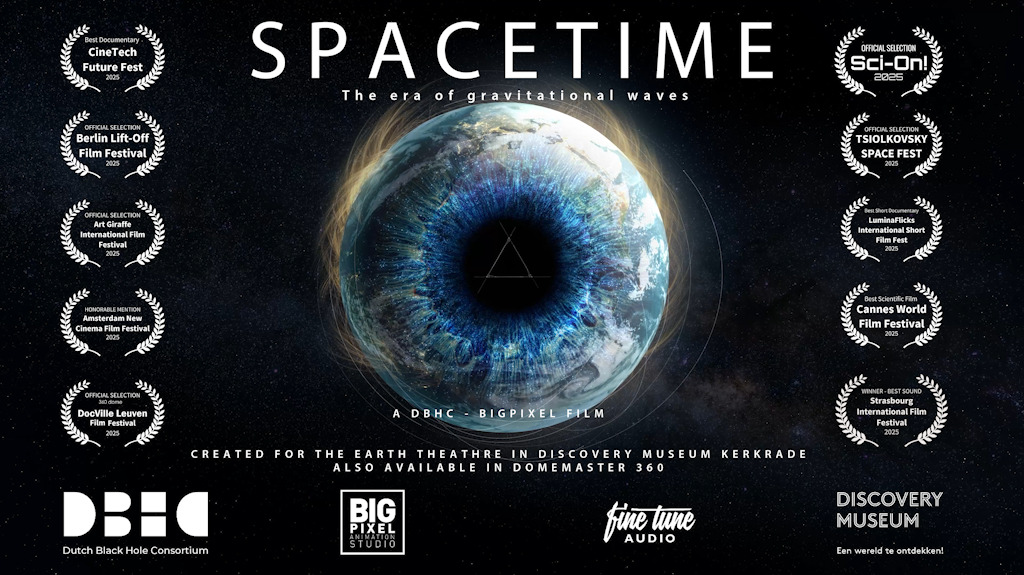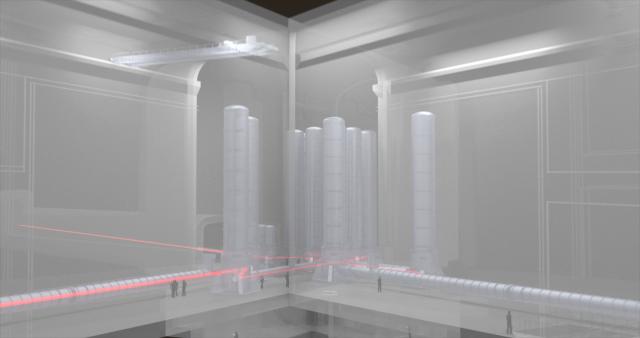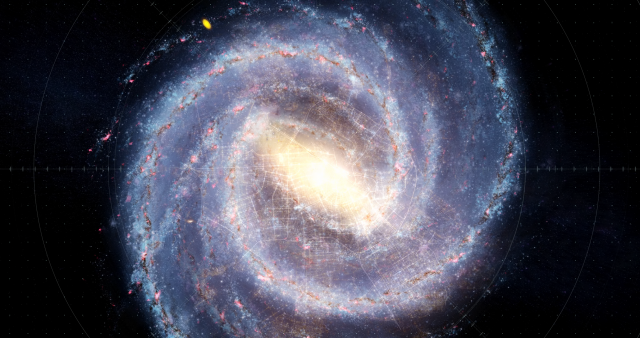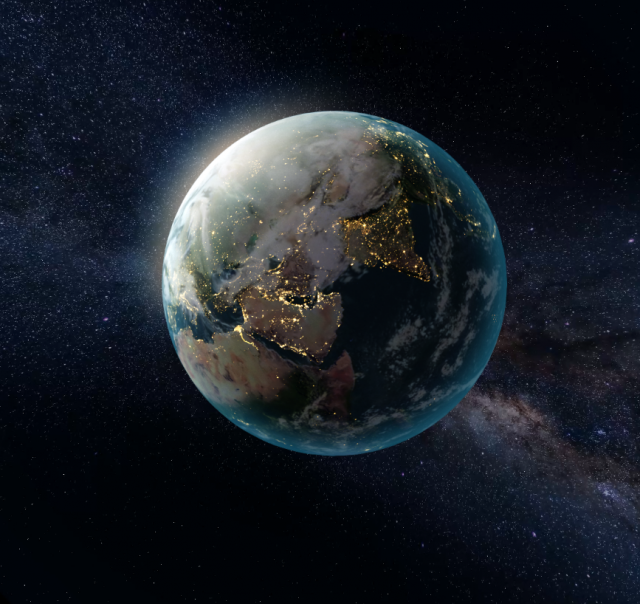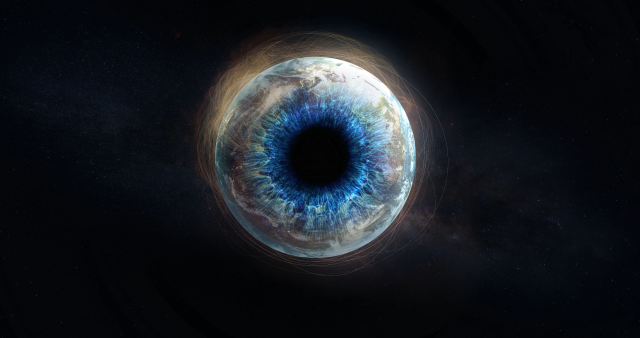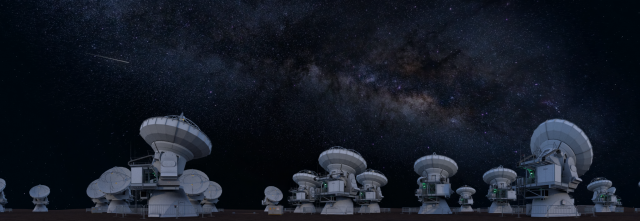The project
SPACETIME is a fulldome film that makes the world of gravitational waves accessible to a wide audience. Commissioned by the Dutch Black Hole Consortium (DBHC) and premiered in the Columbus Earth Theatre at Discovery Museum Kerkrade, the film takes viewers on a journey through space and time. Its central question: What if Earth gained new “ears” to listen to the universe? Fine Tune Audio provided the entire auditory experience—from original music and sound design to multilingual voice-overs.
Crafting the Sound of SPACETIME
We are proud to announce that SPACETIME has won the Best Sound Award at the Strasbourg Film Festival. This international recognition not only confirms our dedication and expertise in audio, but also highlights the power of collaboration, creativity, and technical innovation.
Animation studio: Big Pixel
Client: DBHC
Theatre: Earth Theatre, Discovery Museum
Music, sound, and voice: Fine Tune Audio

Winner of Best Sound
The voices behind the project
NL: Robin
FR: Machteld
DE: Mareen
Collaboration with Big Pixel
From day one, collaboration was at the heart of the project. Together with animation studio Big Pixel, scientists, and educators, we pursued a shared vision: turning complex science into an immersive, understandable experience. In a series of creative sessions, we discussed storyline, emotions, technical details, and even voice-casting. This laid the groundwork for a close partnership in which visuals and audio continually reinforced one another.
Throughout production we exchanged feedback constantly. While Big Pixel crafted breathtaking imagery—from colliding black holes to futuristic telescopes—we tailored the music and sound to match perfectly. This two-way flow ensured that every shot, whether awe-inspiring or intimate, received exactly the right sonic tone.
An otherworldly soundtrack
Music Production
Our team started with a “musical collage” to capture the right mood. During joint writing sessions, motifs and themes took shape—often composed live while we watched the footage together.
We used carefully chosen harmonies and transitions to guide the viewer effortlessly through the universe. Sometimes we worked in shifting tempos, and other times completely off the grid, to convey the boundlessness of space. From warm, inviting chords in educational scenes to sweeping crescendos during cosmic events, every musical moment was designed to support the viewer’s journey.
Sound Design
Alongside the music, we crafted a rich sound design to amplify the visuals. What does a collision of black holes sound like? How do you translate the “voice” of a telescope into audio? We created deep rumbles, subtle electronic pulses, and layered soundscapes that made the universe’s invisible forces palpable.
The sound-design project ultimately grew to more than 400 tracks, prompting us to develop an innovative workflow that overcame technical challenges such as latency.
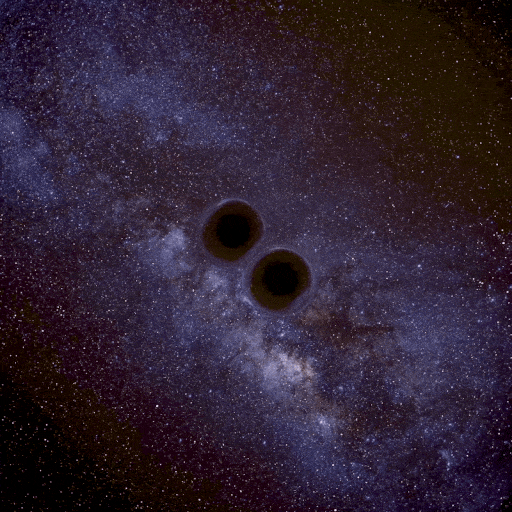
Multilingual Voice-Overs with Smart Technology
Voice-overs were crucial in making the scientific content accessible. We worked with professional voice actors in four languages—Dutch, English, German, and French. To save time and costs, we used AI voices during development to test and refine the scripts. Only once the text was final did we bring the voice actors into the studio for the recordings. The result: an immersive, poetic narration that is both informative and emotionally engaging.
Mixing on location
After producing all the audio elements, we carried out the final mix on-site. The film now plays in the Columbus Earth Theatre—an impressive dome venue where visitors stand above a screen roughly 20 metres wide. That setting placed demanding requirements on the soundtrack: the room has huge reverberation and a complex speaker system. We therefore “cloned” the hall’s acoustic fingerprint so we could mix in our studio as if we were already in the theatre. This let us pinpoint which sounds needed adjustment to keep everything crystal-clear and immersive.

We love collaborating with creators who, like us, believe that great sound can elevate a story. Let’s explore together how we can enrich your project.
contactWant to know more about the project? Ask David!


